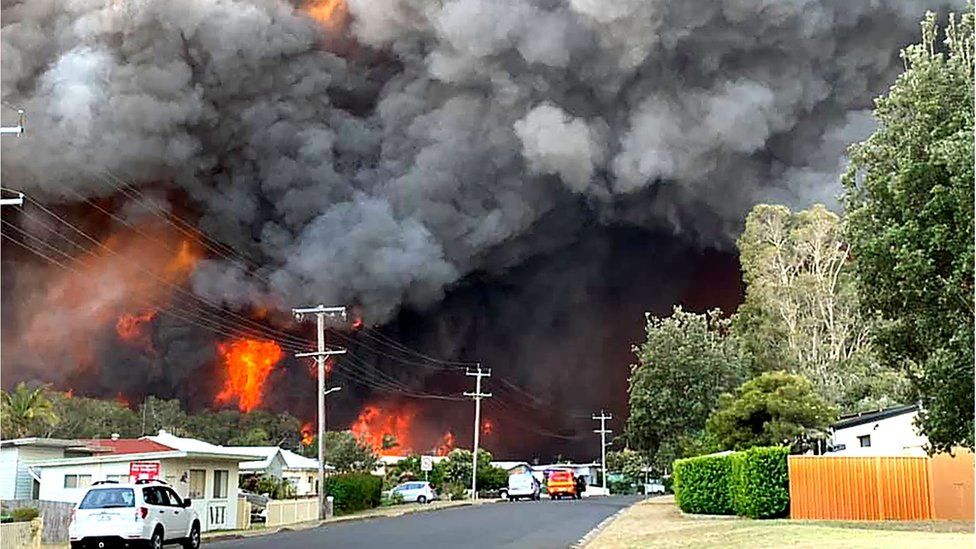How BAL Record Impacts Shrub Fire Protection Steps
In the world of bush fire protection, the Building Assault Degree (BAL) record stands as a crucial device that dramatically influences the security and durability of homes in fire-prone locations - BAL Report. The effect of a BAL analysis prolongs much past simple documents; it acts as the keystone for establishing the appropriate building requirements and fire security steps needed to minimize the threats postured by bushfires. As areas face increasingly severe fire periods, comprehending exactly how the BAL report forms these protective procedures becomes paramount for policymakers, building contractors, and home owners alike
Understanding the Bushfire Attack Degree

Value of BAL Record Analysis

Moreover, the BAL record assessment serves as a fundamental action in abiding with lawful obligations and requirements associated with bushfire protection. Local councils and authorities commonly mandate the entry of a BAL record as component of the planning and building approval process to guarantee that buildings are properly protected against bushfire dangers. Failing to conduct a thorough BAL record analysis can cause poor security steps, leaving residential or commercial properties susceptible to ravaging bushfire incidents.
Construction Requirements Based on BAL
A thorough understanding of the Bushfire Strike Degree (BAL) allows home owners to implement building and construction criteria customized Continued to their particular risk account. Building standards based on BAL are crucial in minimizing the influence of bushfires on buildings. The BAL score categorizes the potential threat a residential property deals with during a bushfire on a range from BAL-Low to BAL-FZ (Flame Area)
Carrying Out Fire Protection Actions
With the foundation of building and construction requirements based on Bushfire More hints Assault Level (BAL) in place, the focus now moves towards the useful implementation of fire protection measures to fortify residential or commercial properties against bushfire threats. Easy procedures consist of utilizing fire-resistant building products, setting up cinder guards on vents, sealing gaps in roofs and wall surfaces, and preserving a clear space around the residential or commercial property free from flammable plant life. By integrating both passive and energetic techniques, buildings can dramatically decrease their vulnerability to bushfire cases and raise the safety of passengers.
Safeguarding Residences Against Bushfires
Efficiently guarding homes versus the damaging impacts of bushfires calls for a thorough and aggressive technique to fire protection actions. In addition, securing vents and spaces to prevent coal invasion, as well as integrating fire-resistant doors and home windows, can assist fortify the home's protection against bushfires. By embracing an aggressive stance and integrating these safety measures, homeowners can significantly raise their possibilities of safeguarding their homes versus bushfires.
Conclusion
Finally, the Bushfire Assault Level (BAL) report plays an important role in establishing the required defense steps versus bushfires. By evaluating the BAL, building and construction requirements can be tailored to alleviate the risks and make certain the security of homes in fire-prone areas. Implementing fire security actions based on the BAL report is crucial useful content in guarding residential or commercial properties from possible bushfire threats. It is critical for property owners to focus on BAL evaluations and stick to recommended construction requirements to boost bushfire resilience.
In assessing bushfire danger to residential properties, understanding the Bushfire Attack Degree (BAL) is a critical element for carrying out effective defense actions. Overall, a clear understanding of the Bushfire Attack Level is essential for implementing ample protection actions and alleviating the influence of bushfires on homes.

Comments on “Debunking BAL Reports: A Guide to Recognizing Your Building's Bushfire Risk”